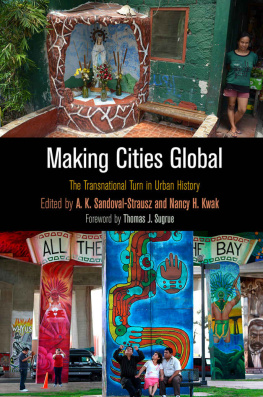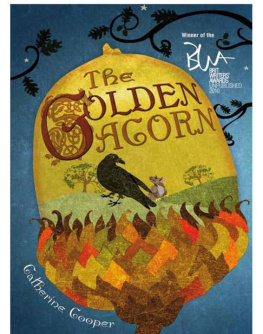Tomás F. Summers Sandoval - Latinos at the Golden Gate
Here you can read online Tomás F. Summers Sandoval - Latinos at the Golden Gate full text of the book (entire story) in english for free. Download pdf and epub, get meaning, cover and reviews about this ebook. year: 2013, publisher: The University of North Carolina Press, genre: Home and family. Description of the work, (preface) as well as reviews are available. Best literature library LitArk.com created for fans of good reading and offers a wide selection of genres:
Romance novel
Science fiction
Adventure
Detective
Science
History
Home and family
Prose
Art
Politics
Computer
Non-fiction
Religion
Business
Children
Humor
Choose a favorite category and find really read worthwhile books. Enjoy immersion in the world of imagination, feel the emotions of the characters or learn something new for yourself, make an fascinating discovery.

- Book:Latinos at the Golden Gate
- Author:
- Publisher:The University of North Carolina Press
- Genre:
- Year:2013
- Rating:5 / 5
- Favourites:Add to favourites
- Your mark:
- 100
- 1
- 2
- 3
- 4
- 5
Latinos at the Golden Gate: summary, description and annotation
We offer to read an annotation, description, summary or preface (depends on what the author of the book "Latinos at the Golden Gate" wrote himself). If you haven't found the necessary information about the book — write in the comments, we will try to find it.
Latinos at the Golden Gate — read online for free the complete book (whole text) full work
Below is the text of the book, divided by pages. System saving the place of the last page read, allows you to conveniently read the book "Latinos at the Golden Gate" online for free, without having to search again every time where you left off. Put a bookmark, and you can go to the page where you finished reading at any time.
Font size:
Interval:
Bookmark:
All rights reserved
Set in Utopia and Aller types by codeMantra
Manufactured in the United States of America
Summers Sandoval, Toms F., Jr.
Latinos at the Golden Gate : creating community and identity in San Francisco / Toms F. Summers Sandoval Jr.
pages cm
Includes bibliographical references and index.
ISBN 978-1-4696-0766-5 (cloth : alk. paper)
ISBN 978-1-4696-2726-7 (pbk. : alk. paper)
ISBN 978-1-4696-0767-2 (ebook)
1. Hispanic AmericansCaliforniaSan Francisco. 2. Hispanic AmericansCaliforniaSan FranciscoHistory. I. Title.
F869.S39S757 2013
305.868073079461dc23 2013002818
Latin Americans and the Golden Gate
Race and Power in Gold Rush San Francisco
Panethnic Identity and the Spanish-Speaking Church
Latin American Migration and Community in the Twentieth Century
Latino Community Formation and the Mission Coalition Organization
Raza Youth in an Era of Radical Third World Possibility
San Francisco in an Era of Latino Evictions
Font size:
Interval:
Bookmark:
Similar books «Latinos at the Golden Gate»
Look at similar books to Latinos at the Golden Gate. We have selected literature similar in name and meaning in the hope of providing readers with more options to find new, interesting, not yet read works.
Discussion, reviews of the book Latinos at the Golden Gate and just readers' own opinions. Leave your comments, write what you think about the work, its meaning or the main characters. Specify what exactly you liked and what you didn't like, and why you think so.







